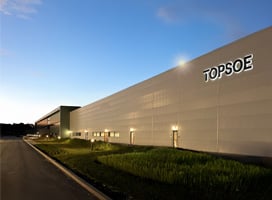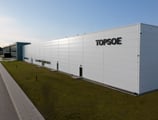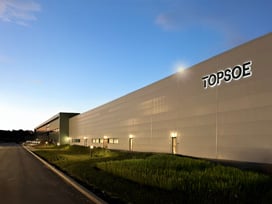A catalyst for activity in any bed of a WSA or WSA-DC converter
The VK-WSA formulation offers excellent activity over a wide range of operating conditions and can be used in any bed of a WSA or WSA-DC converter. VK-WSA is available in the 12 mm Daisy shape and as a dust-protection catalyst in the large 25 mm Daisy shape.
12 mm Daisy
The 12 mm Daisy shape offers improved energy efficiency throughout the operating cycle due to low initial pressure drop.
25 mm Daisy
25 mm Daisy is a dust protection catalyst with 100% longer on-stream time compared to the 12 mm Daisy in dusty feed gasses. A 150 mm top-layer of VK-WSA 25 mm Daisy helps to ensure high availability of the WSA unit by significantly reducing the rate of pressure drop build-up. The extra void fraction and a lower specific surface area provide the 25 mm Daisy with an excellent capacity for dust and an improved dust distribution throughout a larger depth in the bed. A top-layer of 25 mm Daisy can effectively double the on-stream time before increasing pressure drop degrades plant performance.
.png)








![SAF Airplane runway[1]-1 1](https://www.topsoe.com/hs-fs/hubfs/SAF%20Airplane%20runway%5B1%5D-1%201.png?width=800&height=640&name=SAF%20Airplane%20runway%5B1%5D-1%201.png)



